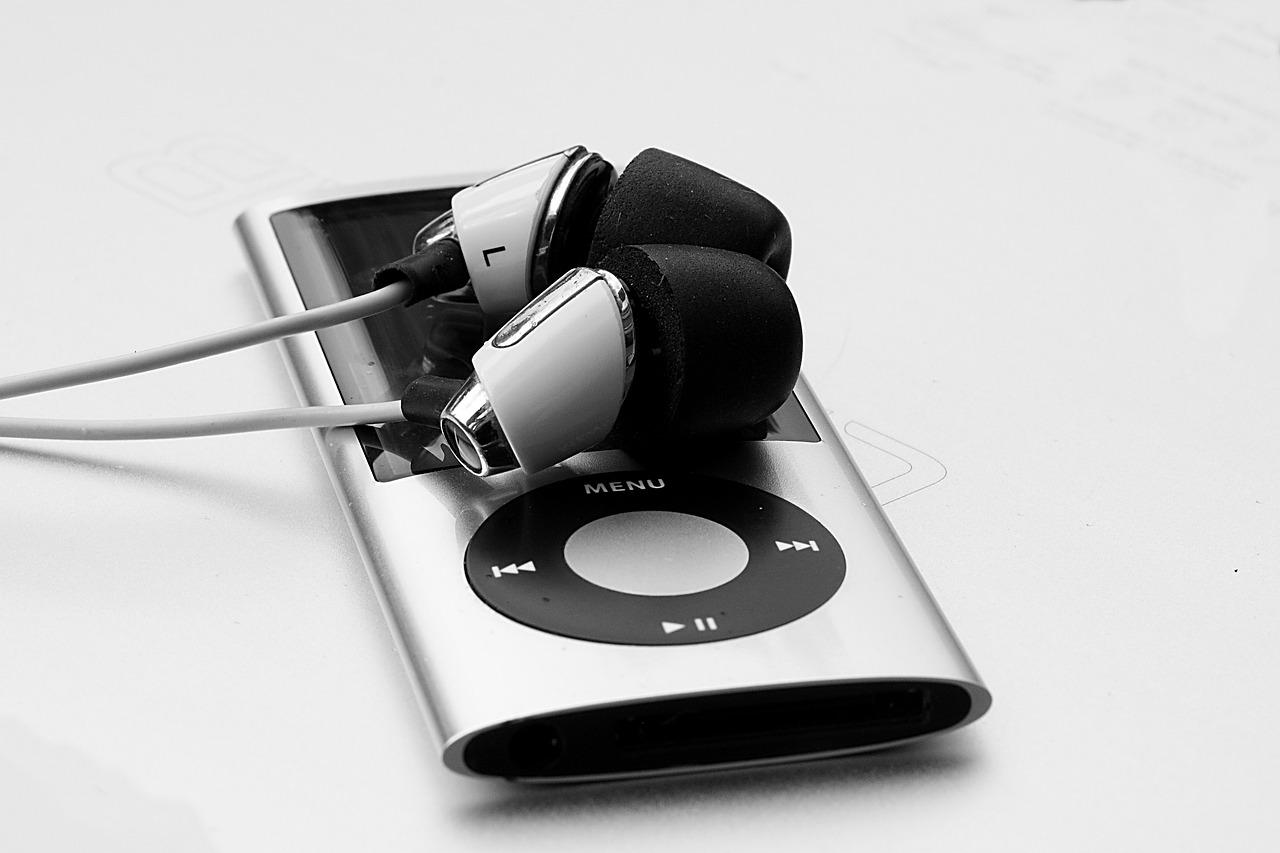Imagine you’ve got a treasure trove of MP4 audio files just waiting to be unleashed, but they’re trapped in a format that doesn’t quite fit your needs. Sound familiar? Whether you’re looking to clear up some space on your music device or simply want to make those tunes more accessible, transforming MP4 files into the more universally compatible MP3 format can be a game-changer. In this article, we’ll walk you through easy steps to convert those files with minimal fuss and maximum results. So, if you’re ready to unlock your audio and take your listening experience to the next level, read on!
Understanding the Difference Between MP4 and MP3 Formats
When diving into the world of digital media, you’ll quickly notice that MP4 and MP3 formats are two of the most commonly used. While they both deal with audio and video content, they have distinct characteristics that serve different purposes. MP4, often regarded as a multimedia powerhouse, can hold not just audio but also video, images, and subtitles, making it a great choice for comprehensive media files. On the other hand, MP3 is a specialized format solely for audio, renowned for its ability to compress sound files without sacrificing much quality, thus making it a favorite for music lovers and podcasters alike.
Understanding these differences can be likened to choosing between a Swiss Army knife and a simple pocket knife. The Swiss Army knife (MP4) is versatile, designed for a variety of tasks, while the pocket knife (MP3) is streamlined, focusing solely on cutting without the extra bells and whistles. This can impact how you store and share your media. For instance, if you’re simply looking to enjoy your favorite tracks or create a playlist for a road trip, converting MP4 audio to MP3 can save you space and improve compatibility across devices. Here’s a quick comparison:
| Feature | MP4 | MP3 |
|---|---|---|
| Video Support | ✔️ | ❌ |
| Audio Quality | Varies | High |
| File Size | Generally Larger | Smaller |
| Usage | Multimedia Projects | Music, Podcasts |
Choosing the Right Software for Conversion
can truly be a game-changer in your audio experience. First off, consider what features matter most to you. Do you need something that’s fast, or are you looking for a tool that offers high-quality conversions? It can be a bit overwhelming, but think of it like choosing a coffee shop—you wouldn’t go to one with bad reviews, right? Check out user ratings and testimonials to get a sense of reliability and functionality. It’s often helpful to have filters in place that let you narrow down options based on your specific needs, such as bulk conversion or simple drag-and-drop functionality.
Another essential factor is compatibility. Make sure the software you choose supports various operating systems and audio formats. This means you’ll be able to convert not just MP4s to MP3s but a whole range of other formats when needed. Look for programs that provide a sleek user interface—after all, nobody wants to navigate through a maze of confusing buttons and labels. Here’s a quick comparison of some popular software options:
| Software | Key Features | User Rating |
|---|---|---|
| Tool A | Fast, Batch Conversion | 4.8/5 |
| Tool B | High Quality, Easy Interface | 4.5/5 |
| Tool C | Multi-Format Support | 4.0/5 |
With this comparison in hand, you can focus on software that checks all your boxes! Remember, the right tool can not only save you time but also help you maintain the audio quality you crave.
Step-by-Step Guide to Convert MP4 to MP3 with Ease
Converting your MP4 files to MP3 format is like switching from a hardcover book to an audiobook – it’s all about convenience! With a myriad of tools available, you don’t need to be a tech wizard to get the job done. Here’s a simple route you can take to streamline the process. First, pick a reliable conversion tool, either online or as a software download. Some popular choices include VLC Media Player, Freemake Video Converter, and Online Audio Converter. Once you’ve chosen your tool, upload the MP4 file you wish to convert – it’s usually a straightforward drag-and-drop or a simple click of a button.
After the file is uploaded, make sure to select MP3 as your desired output format. This is typically as easy as selecting from a dropdown menu. Next, you can often customize your audio settings, such as bitrate and quality. Once you’re all set, click on that magical convert button! In just a few moments, you’ll have your audio file transformed and ready to enjoy. Don’t forget to check your downloads folder, and voilà! You’ve turned a visual experience into a purely auditory one, making your audio collection effortlessly accessible.
Tips for Optimizing Audio Quality During Conversion
When converting your audio files, ensuring optimal quality is crucial for an enjoyable listening experience. One straightforward tip is to always start with the highest quality source file possible. If you’re working with an MP4 that has impressive audio fidelity, your MP3 will only be as good as its raw material. It’s also beneficial to choose the correct bitrate for your MP3 format. A higher bitrate, say 320 kbps, will provide richer sound, while a lower one saves space but may sacrifice audio detail. So, consider your needs: do you want the best sound quality, or is file size your priority?
Another tip is to use reputable software that allows for adjustments during the conversion process. Look for options that enable you to normalize audio levels, which can prevent unexpected volume changes that may disrupt your listening. Additionally, avoid unnecessary processing features that might distort your audio. When the software allows for it, you might also want to conduct a test run with a short segment of your audio. This way, you can hear the final quality before converting the entire file. This approach helps ensure that the end result is exactly what you’re looking for.
In Summary
So there you have it! Transforming those MP4 audio files into the more versatile MP3 format is no longer a mystery. With just a few simple steps, you can free up space on your devices, ensure compatibility across various platforms, and take your music or audio collection to new heights. Whether it’s for listening on the go, sharing with friends, or simply organizing your files, converting to MP3 has never been easier.
Remember, technology is only as good as the way we use it! So why not embrace these easy-to-follow methods? Dive in, give it a try, and enjoy the seamless listening experience that MP3 files offer. Happy converting!





